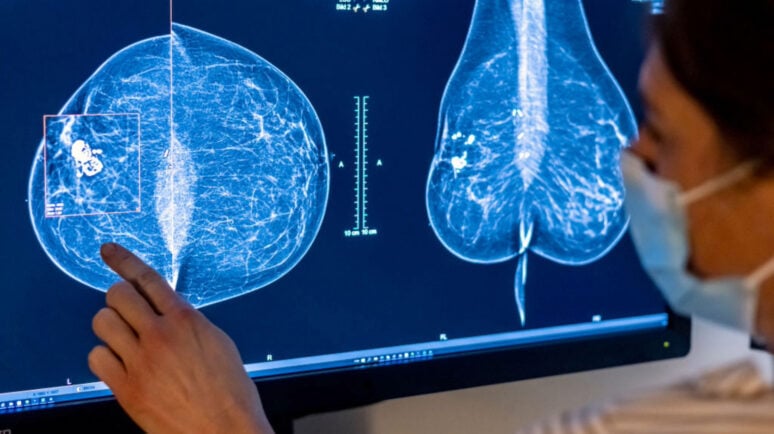AI In Cancer Detection – Improving Diagnosis Through Machine Learning

Diagnostic oncologists have a growing number of AI-powered tools at their disposal. Photo By David Zorrakino/Europa Press via Getty Images.
Key Takeaways
- Detecting cancer is an ideal medical use case for machine learning.
- AI tools that can screen patients for liver and breast cancer are already in use.
- Going forward, researchers are developing new techniques to help diagnose prostate cancer, skin cancer and leukemia.
Detecting dangerous cancers is one of the most promising medical applications of machine learning models.
Early success stories include a host of AI-powered tools that can identify cancer from liver scans or mammograms. But researchers are also exploring how similar techniques can be applied to prostate, skin, blood and stomach cancer.
Why AI is Ideally Suited to Cancer Detection
At a fundamental level, neural networks generate predictions from inputs, based on information learned from training data.
For instance, the Large Language Models (LLMs) that power modern chatbots have been trained on massive linguistic datasets. The output they give for a specific prompt can be thought of as the answer that is most statistically likely to be correct based on what they have previously learned about language patterns.
When it comes to detecting cancer, rather than consuming vast textual libraries, models are trained on people’s scans and test results alongside the findings of diagnosticians who reviewed them.
The basic logic of AI cancer screening is that a model trained samples that have already been screened by doctors will be able to spot patterns in the data. It can then use these patterns to predict whether a new patient shows signs of cancer or not.
Applying AI Screening to Different Types of Medical Data
The archetypal AI cancer test involves an X-ray or other medical scan in which cancerous growths can be observed as visual anomalies.
This approach has already proven to be effective at identifying breast cancer from mammograms, with the latest tools even able to flag growths that human radiographers missed.
Researchers are now working to develop AI tools that can help identify skin cancer from images of potential melanomas.
But the same basic concept can be applied to other, less visual diagnostic methodologies too.
Researchers Develop New AI Leukemia Test
For example, a team of researchers recently trained an AI model on flow cytometry data which is used to diagnose leukemia.
Traditional flow cytometry analysis is notoriously difficult, requiring data to be passed through computationally intensive algorithms to screen thousands of blood cells of different types for various cancer markers.
In the recent study , an AI model trained on flow cytometry results demonstrated 94.6% and 98.2% success rate in detecting 2 of the most common forms of leukemia.
Such a tool promises to be a valuable addition to the diagnostic toolkit that could save doctors time and potentially lead to more generally applicable blood cancer screening techniques.


